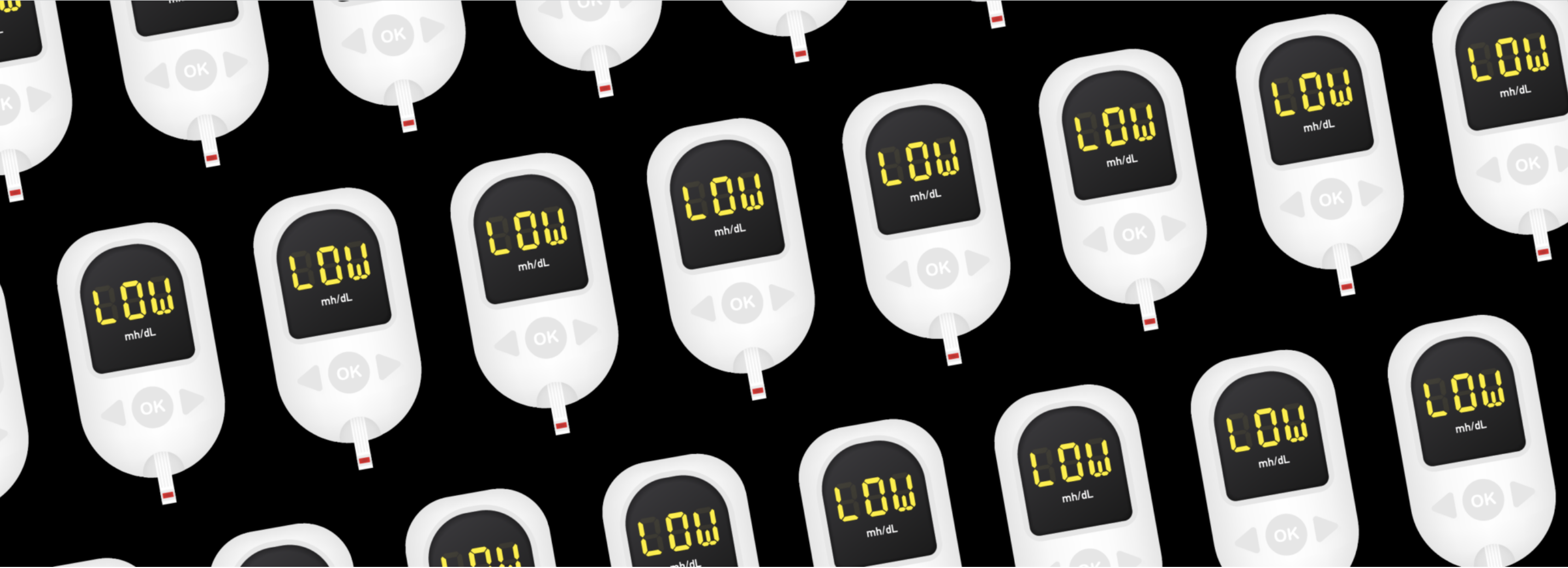The Most Recommended Tool for a Healthy Weight + A1c with Type 2 Diabetes
Written by: Ginger Vieira
3 minute read
February 15, 2022
To help you get the ball rolling on your weight loss and A1c goals, experts recommend starting on this medication. Here’s what and why...
Losing weight and improving your A1c (your average blood sugar levels over three months) are two of the biggest goals often set in front of you the moment you’re diagnosed with type 2 diabetes.
While lifestyle habits play a role, a person struggling with insulin resistance, high blood sugars and stubborn weight may need more support in those weight loss and A1c efforts.
Here, we’ll look at what experts in type 2 diabetes management feel is the most helpful tool in weight loss and A1c goals.
Instead of metformin, ask about this medication after your diagnosis
“As soon as someone is diagnosed with type 2 diabetes, we try to get them on a glucagon-like peptide-1 receptor agonists (GLP-1) medication and weight-loss program,” explains Marcey Robinson, MS, RD, CSSD, CDE, BC-ADM, co-founder of Achieve Health & Performance.
GLP-1 medications are glucagon-like peptide-1 agonists that work by increasing your body’s natural insulin production, reducing the amount of sugar your liver produces and slowing down the speed at which your stomach empties glucose from your meals into your bloodstream.
Mostly taken as a once-daily or weekly injection (except for one pill-form option), name brands of GLP-1 medications include Trulicity, Byetta, Bydureon, Rybelsus and Ozempic.
While Robinson knows metformin is considered the gold standard and first line of defense in medications for type 2 diabetes, she’s seen firsthand that the benefits of a GLP-1 medication far surpass metformin.
“When you look at population-based studies, metformin is the most affordable—and it does help with blood sugars, and sometimes a tiny bit of weight loss,” explains Robinson. “But the most effective when it comes to weight loss is a GLP-1 medication.”
An A1c at 6.7 percent or higher is the general guideline for a physician to prescribe a GLP-1 medication, and for insurance coverage.
“A GLP-1 helps initiate weight loss and when you look at the physiology and development of type 2 diabetes, it makes sense,” explains Robinson. “A GLP-1’s impact on your metabolic function also has lasting effects for up to two years after you stop taking it.”
By losing weight, Robinson says her patients’ improved sensitivity to insulin inevitably leads to healthier blood sugar levels.
GLP-1s have also proven to be more effective compared to insulin in reducing A1c levels—which is a testament to what’s really happening metabolically in a person with type 2 diabetes. Because a person with type 2 diabetes does still make their own insulin, the ultimate goal is to help the body learn how to efficiently use and correctly produce insulin again.
Taking insulin alone does not address the underlying metabolic issue, it just corrects current blood sugar levels. By taking a GLP-1 instead, the underlying issues in the metabolic process is addressed.
Side effects and taking a GLP-1 with other medications
The side effects of a GLP-1 medication can be uncomfortable at first. These side effects can include nausea, acid-reflux, vomiting, diarrhea and a reduced appetite, but the discomfort should dissipate after the first few weeks.
“I do occasionally have patients who don’t lose weight on a GLP-1 because they essentially ‘eat through’ the medication,” explains Robinson. “Basically, they aren’t making changes in their diet and are actually eating through the medication, so you don’t see the benefits.”
Robinson adds that GLP-1s can also be taken with other diabetes medications, including metformin, insulin and SGLT2-inhibitors.
“You can absolutely combine a GLP-1 with other medications, including metformin or insulin,” says Robinson. “Actually, taking a GLP-1 with insulin can help prevent the weight gain side effects of insulin.”
Realistic goals: aim for a weight loss of 7 to 10 percent of your body weight
When you’re looking at your weight-loss goals based on body mass index (BMI) charts, it’s easy to put pressure on yourself to lose all the extra weight. Research, however, shows that losing and maintaining a weight loss of 7 to 10 percent of your body weight can have a huge positive impact on your diabetes and overall health.
Robinson reminds you to be reasonable and think about what you can manage long term.
“If you’re 190 pounds, and the ideal body weight for your height according to your BMI is anywhere from 150 to 170 pounds, think about what’s realistic and what you can maintain,” says Robinson. “Maintaining the top end of that healthy range is also great! It still makes a big difference in your health.”
Too often, Robinson says she sees doctors pushing patients to lose, lose, lose, putting patients on very strict plant-based diets that may not be realistic for long term maintenance.
“Losing and maintaining a 7 to 10 percent weight loss will improve your metabolic function and help you lower your A1c,” says Robinson. “A GLP-1 will be hugely helpful in this process.”
Educational content related to weight loss and A1c is made possible with support from Lilly Diabetes. Editorial control rests solely on Beyond Type 2.

Author
Ginger Vieira
Ginger Vieira is the senior content manager at Beyond Type 1. She is also an author and writer living with type 1 diabetes, celiac disease, fibromyalgia and hypothyroidism. She’s authored a variety of books, including “When I Go Low” (for kids), “Pregnancy with Type 1 Diabetes,” and “Dealing with Diabetes Burnout.” Before joining Beyond Type 1, Ginger spent the last 15 years writing for Diabetes Mine, Healthline, T1D Exchange, Diabetes Strong and more! In her free time, she is jumping rope, scootering with her daughters, or walking with her handsome fella and their dog.
Related Resources

The biggest barbecue day of the year is the 4th of July! Celebrating the 4th...
Read more

Hypoglycemia and severe hypoglycemia are two things against which all people with diabetes should be...
Read more

Whether or not you have type 2 diabetes, you must eat. You must also pay...
Read more

